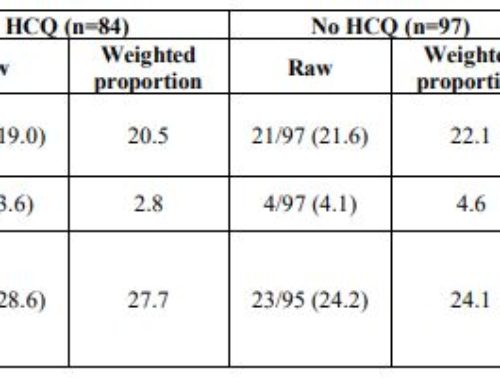In my prior post on Cohorting, I reviewed multiple benefits of cohorting patients not only with COVID-19, but also with unspecified viral respiratory illnesses. This is espoused by the CDC.
Since then, guidance from the WHO, CDC, and Public Health Agency of Canada has been released which answers additional questions that have arisen regarding patient placement. Most recommendations are aligned. The CDC and WHO prefer private room placement for COVID-19 patients, but both essentially acknowledge that private rooms are a limited resource and that when the time comes, healthcare organizations will need to group together patients with COVID-19 (see their interim guidance on Infection prevention and control during health care when novel coronavirus (nCoV) infection is suspected).
The WHO recommends the following:
3.1 Contact and droplet precautions
in addition to using standard precautions, all individuals, including family members, visitors and HCWs, should use contact and droplet precautions before entering the room of suspected or confirmed COVID-19 patients patients should be placed in adequately ventilated single rooms. For general ward rooms with natural ventilation, adequate ventilation is considered to be 60 L/s per patient;10
when single rooms are not available, patients suspected of having COVID-19 should be grouped together;
The CDC recommends the following:
It might not be possible to distinguish patients who have COVID-19 from patients with other respiratory viruses. As such, patients with different respiratory pathogens will likely be housed on the same unit. However, only patients with the same respiratory pathogen may be housed in the same room. For example, a patient with COVID-19 should not be housed in the same room as a patient with an undiagnosed respiratory infection.
The Public Health Agency of Canada recommends the following:
If cohorting is necessary, only patients who are confirmed to have COVID-19 should be cohorted. Patients with signs and symptoms and exposure criteria consistent with COVID-19 should maintain at least a two-metre separation between all other patients and/or visitors.
I am pleased that most of us are not yet in a position where we not only need to cohort patients on one or more units, but also where we are cohorting COVID-19 patients in the same room. However, this new guidance makes it clear that we need to accept the possibility that we may face a situation where we need to cohort patients in the same room, and it will be important to be prepared.
The CDC and WHO also make recommendations about PPE use in situations of cohorting, and recommend PPE preserving strategies as follows:
During times of limited access to respirators or facemasks, facilities could consider having HCP remove only gloves and gowns (if used) and perform hand hygiene between patients with the same diagnosis (e.g., confirmed COVID-19) while continuing to wear the same eye protection and respirator or facemask (i.e., extended use). Risk of transmission from eye protection and facemasks during extended use is expected to be very low.
- HCP must take care not to touch their eye protection and respirator or facemask
- Eye protection and the respirator or facemask should be removed, and hand hygiene performed if they become damaged or soiled and when leaving the unit
To preserve PPE, institute these procedures regarding PPE use in units where you are cohorting COVID-19/respiratory illness illnesses.



This is a given, and we may all be facing this.
Thank you for these posts – guessing SHM will be reaching out to share feature these entries.
Best,
Chris Song
Thanks Chris, let’s keep sharing our ideas as we manage this crisis. Collective wisdom is the key.